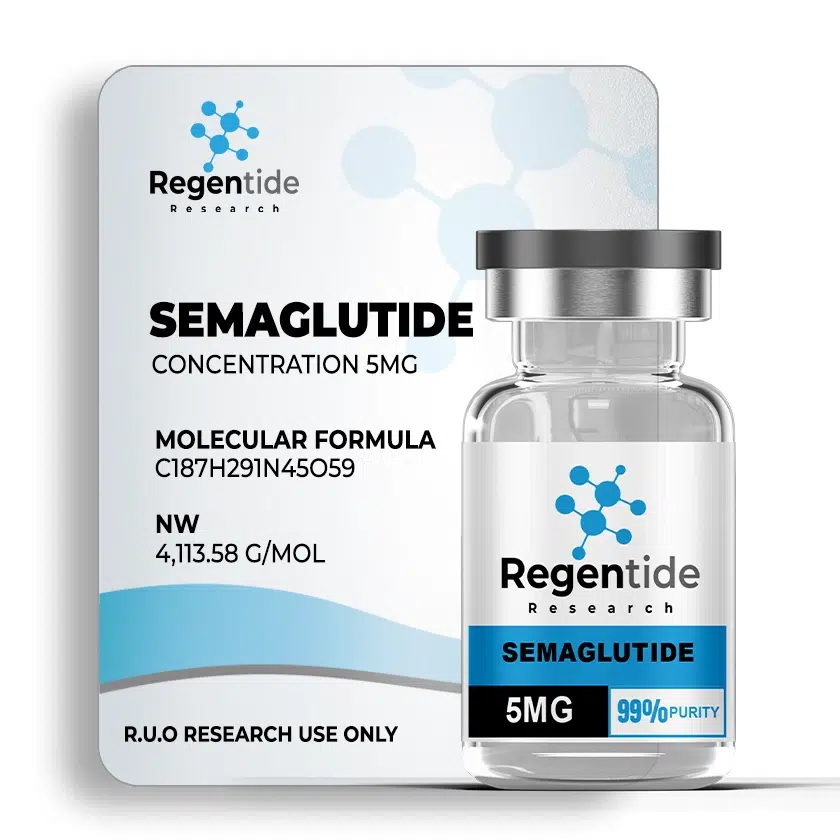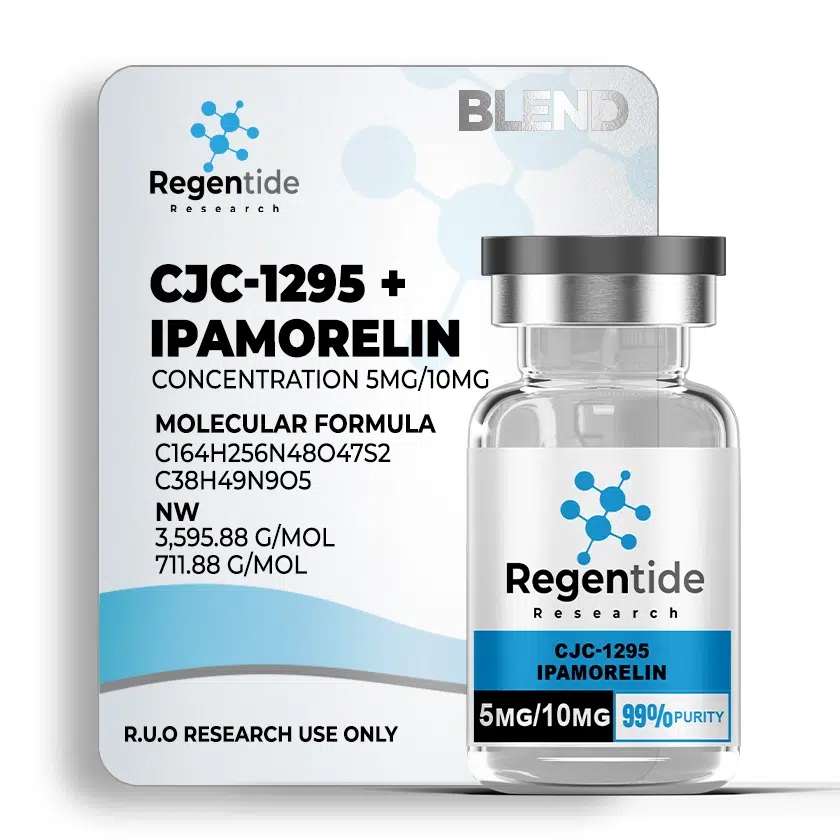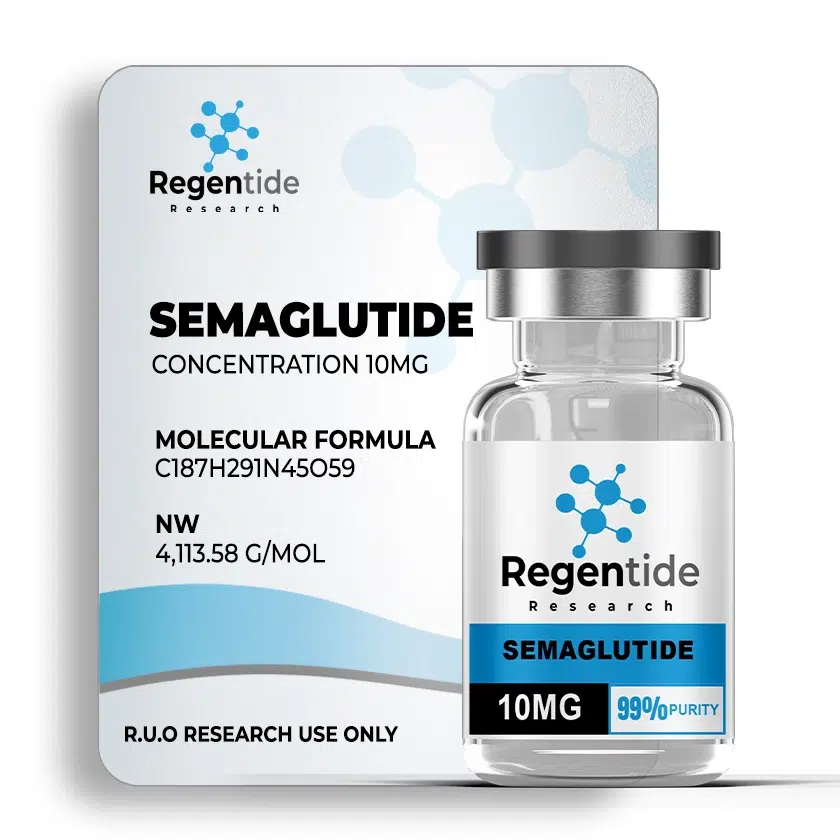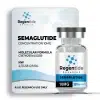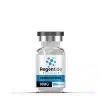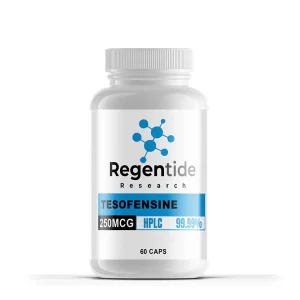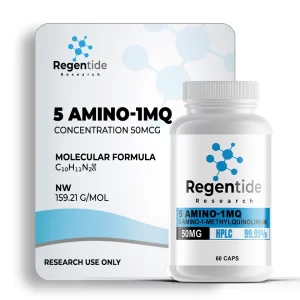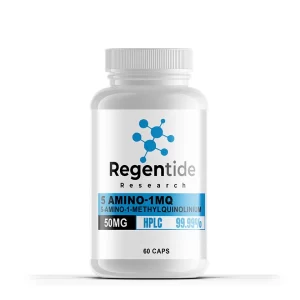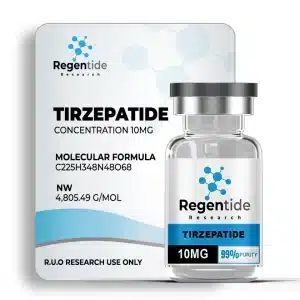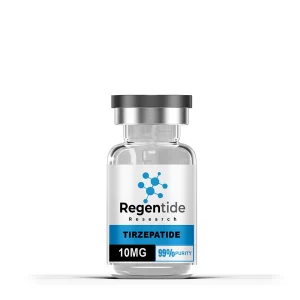Semaglutide 10mg
Original price was: $169.99.$129.99Current price is: $129.99.
THIS PRODUCT IS INTENDED AS A RESEARCH CHEMICAL ONLY. This designation allows the use of research chemicals strictly for in vitro testing and laboratory experimentation only. All product information available on this website is for educational purposes only. Bodily introduction of any kind into humans or animals is strictly forbidden by law. This product should on be handled by licensed, qualified professionals.

Description
Semaglutide Peptide
Semaglutide is a synthetic long-acting GLP-1 (glucagon-like peptide-1) receptor agonist designed for research into metabolic regulation pathways. Structurally, it is a modified version of human GLP-1 with substitutions that enhance its resistance to enzymatic degradation and prolong its half-life, enabling extended receptor engagement and potential signaling activity in experimental models.
Semaglutide is of significant interest in the field of metabolic research due to its high affinity for GLP-1 receptors, which are known to play key roles in modulating glucose homeostasis, insulin secretion, and appetite regulation. Preclinical studies have focused on Semaglutide’s potential to modulate insulinotropic pathways, reduce glucagon release under hyperglycemic conditions, and delay gastric emptying in model systems.
In research contexts, Semaglutide has also been explored for its apparent impact on body weight regulation and energy expenditure. It has shown potential in rodent and non-human primate studies to suppress food intake and reduce adiposity via central nervous system signaling pathways.
Chemical Makeup
-
Molecular Formula: C187H291N45O59
-
Molecular Weight: 4113.58 g/mol
-
Sequence: HAEGTFTSDVSSYLEGQAAKEFIAWLVKGRG
-
Modifications: Fatty acid chain (C18) conjugated via linker for extended half-life
Research & Preclinical Investigation
Semaglutide and GLP-1 Receptor Pathways
Studies in laboratory rodents indicate that Semaglutide may mimic endogenous GLP-1 activity, triggering a cascade involving cyclic AMP (cAMP), protein kinase A (PKA), and other metabolic mediators. The research indicates an improvement in glycemic indices, including fasting blood glucose and glucose tolerance.
Semaglutide and Energy Balance
Experimental models suggest that Semaglutide exposure may lead to reduced caloric intake and increased satiety through hypothalamic signaling. These studies report reduced fat mass and improved lipid profiles in high-fat-diet-induced obese murine models. These results have encouraged further exploration into neuroendocrine control of hunger and metabolism.
Semaglutide Pharmacokinetics
In laboratory environments, Semaglutide’s modified structure has demonstrated an extended plasma half-life, with reported durations ranging from 120 to 168 hours in non-human subjects, depending on dosing parameters. This extended duration is attributed to albumin binding and resistance to dipeptidyl peptidase-4 (DPP-4) degradation.
Research Use Only
Semaglutide is provided strictly for in vitro and in vivo laboratory research. It is not intended for human consumption, diagnostic purposes, or clinical use. All researchers must adhere to institutional guidelines and ensure appropriate handling protocols.
References
-
Nauck MA, Meier JJ. Incretin hormones: Their role in health and disease. Diabetes Obes Metab. 2018;20 Suppl 1:5-21.
-
Knudsen LB, Lau J. The discovery and development of liraglutide and semaglutide. Front Endocrinol (Lausanne). 2019;10:155.
-
Lau J, Bloch P, Schäffer L, Pettersson I, Spetzler J, et al. Discovery of the once-weekly GLP-1 analogue semaglutide. Sci Transl Med. 2015;7(310):310ra151.
-
Iepsen EW, Zhang J, Thomsen HS, et al. GLP-1 receptor agonists and energy expenditure: Mechanistic insights from preclinical models. Obes Rev. 2021;22(2):e13104.

